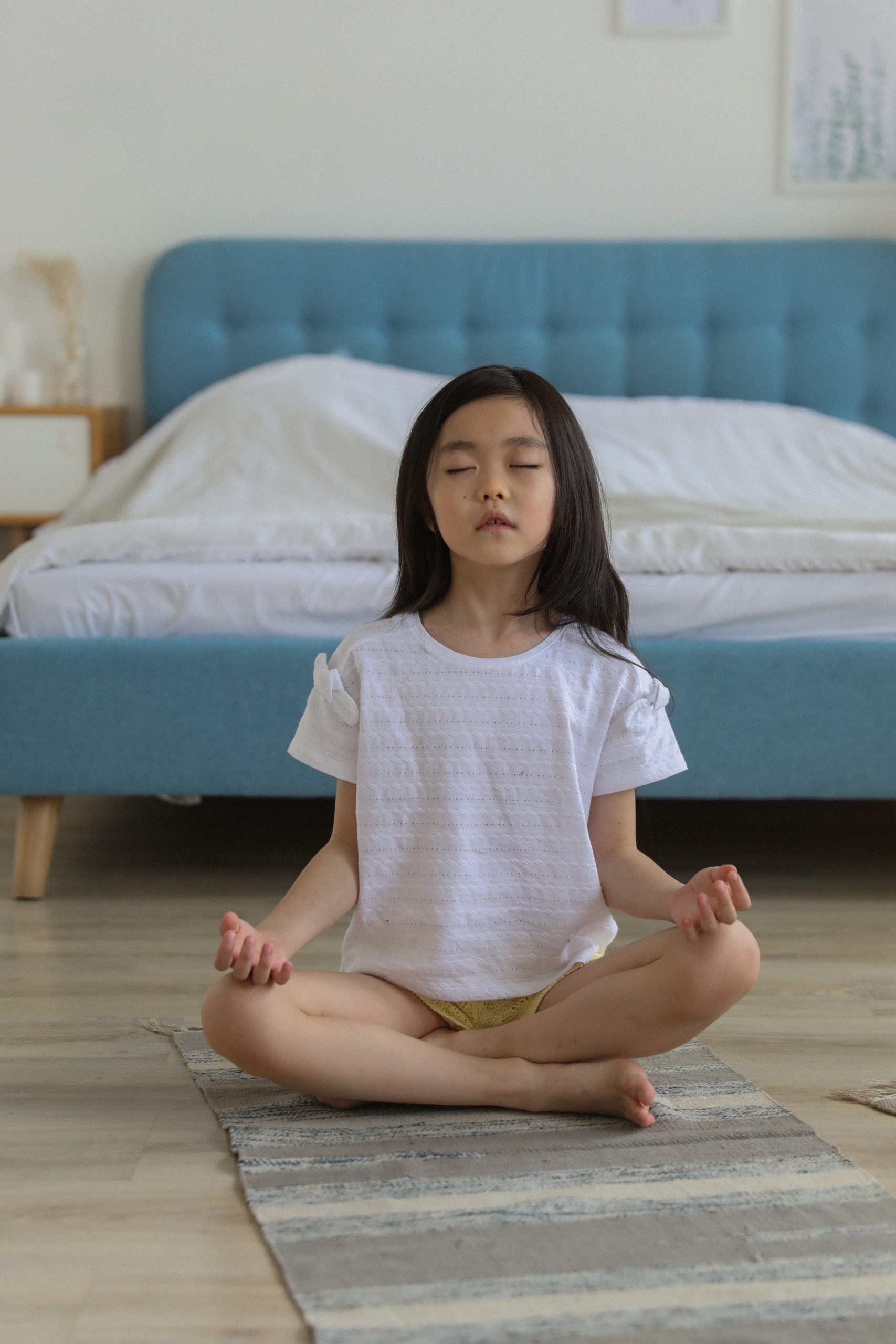Simple Tips to Calm a Child

Hello!
I recently learned a tip from Marci Lebowitz, an occupational therapist of 25 years, and wanted to share it with this community.
I often wonder, “why don’t we all know this information?! It should be shouted from the rooftops to help us—especially when experiencing big emotions.”
When children are having big emotions, their breath becomes shallow. It is very difficult to breathe since it gets caught up in the chest. So how can we help children when emotions are taking over?
This tip can be helpful for both children and adults.

Photo by Monstera
HANDS ON HEAD BREATHING
Step 1– Calm yourself first.
This is NOT easy by any means and it feels important to share that many tips say “stay calm” like us adults can just snap our fingers and become calm. I’d like to normalize that this can feel like the most impossible task. The added benefit of the tool below is that it can bring calm to the adult as well as the child.
Step 2 – Place both your hands on your head and have the child mirror you. This process opens up the airway and can begin to promote diaphragmatic breathing. It encourages a deeper breath and brings air from the chest to the lower lungs- sending a signal to the brain to rest and relax.
Step 3 – Encourage them to gently breathe while their arms are raised and their hands are on their head. “Inhale the color (insert favorite color) exhale (favorite color)… 3-5 sweet soft breaths in through the nose (if not stuffed up) and out through the mouth.
For something different or if the breath isn’t working—Hum their favorite song
Once the big emotion(s) subsides, getting them to breathe can become more playful. “Touch your nose, shoulders, chin, head… Big breath in through the nose, long breath out”

While there are many tips and tricks out there, not one tool works 100% of the time and some days some tools work while on other days they don’t. We all have different bodies and minds, so trying out different strategies to see what works can help in the development of our own unique stress management toolkits.